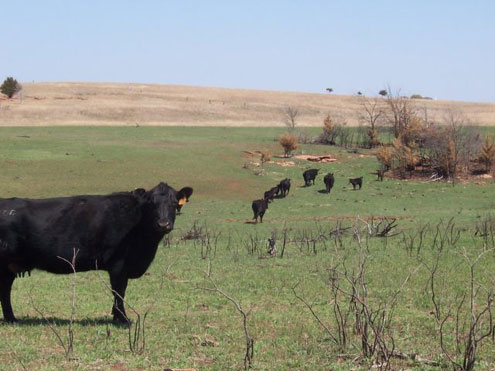Part of the Texas range webinar series
The Texas A&M AgriLife Extension Service will present a webinar, “Top 10 Most-Threatening Brush and Weeds,” at noon on June 3. This is part of the ongoing Rangeland, Wildlife and Fisheries Management Stewardship Series of webinars.
Barron Rector, Ph.D., AgriLife Extension range specialist in the Texas A&M University Department of Range, Wildlife and Fisheries Management, Bryan-College Station, is the featured speaker. During this webinar, participants will learn how invasive brush and weeds can threaten rangelands and tips and tricks to identify the top weed and brush species in Texas.

The cost is $35. Advance registration at https://bit.ly/3v0AFJC is required for all participants. Pay via credit card when registering to immediately receive instructions to access the webinar. There is one Texas Department of Agriculture continuing education unit available for pesticide applicators.
“If you asked rangeland managers what the worst or most threatening plant is that people work with, you would hear a thousand different answers,” said series co-coordinator Morgan Treadwell, Ph.D., AgriLife Extension range specialist, San Angelo. “The word ‘threatening’ is key since a threat can take on many different forms, but we’ll be covering the species that cause the most problems for producers.”
Threat to livestock, environment
Treadwell said certain brush and weeds can be a threat to the water cycle and promotion of clean air and water, or a threat to the livestock industry with illness, mortality and market fluctuations. She said some weeds and brush can be opportunistic and potentially monoculture forming and can become uncontrollable by current methodology. Some are also unaffected by prescribed burns or wildfires and are not on the federal or state invasive and noxious plant lists.
“Sometimes, the most threatening weed and brush species are those that you do not know the name of — you can’t look them up or prepare a plan of attack because you walk by them not knowing they are a threat,” Treadwell said. “The worst threatening plant could also be the mis-identified plant, and you select the wrong management tool and actually make the situation worse.”